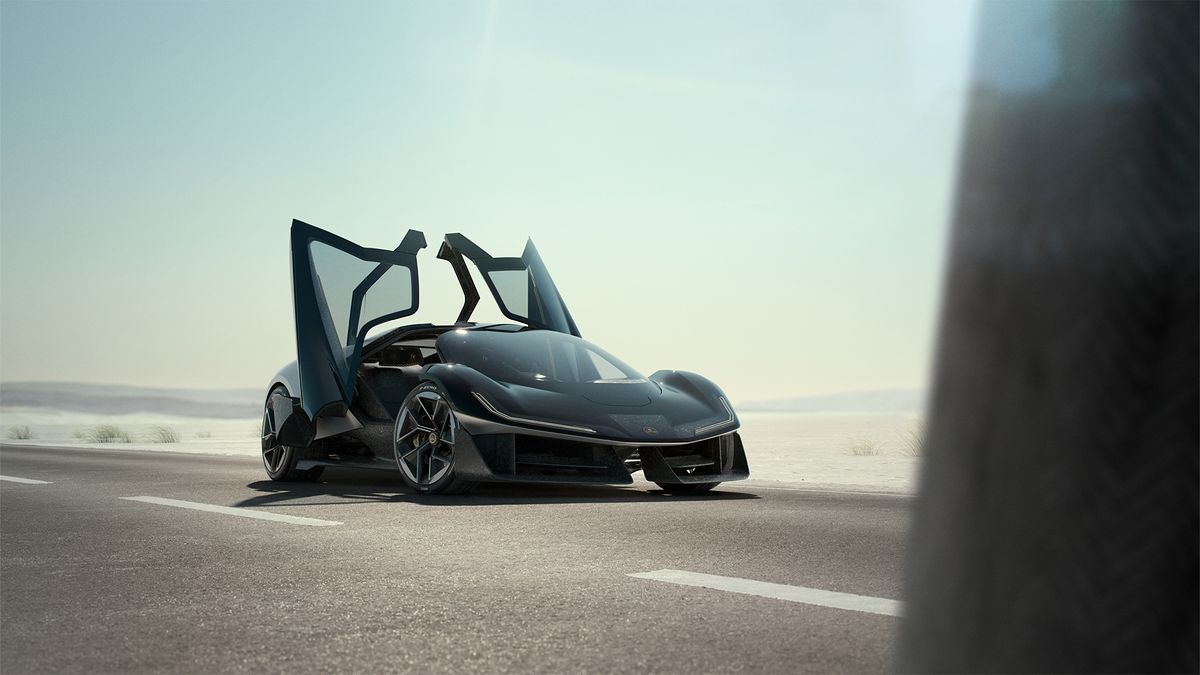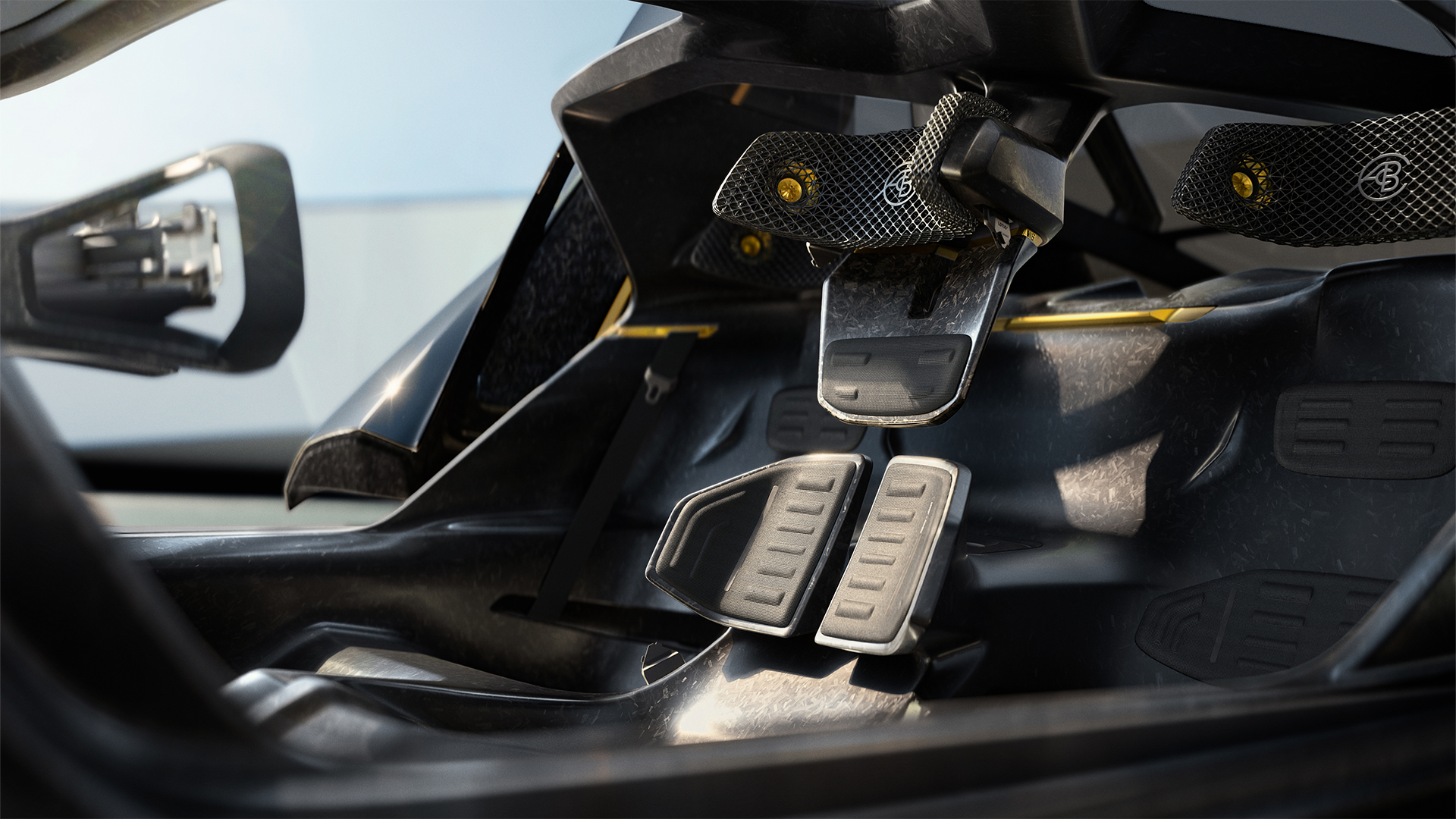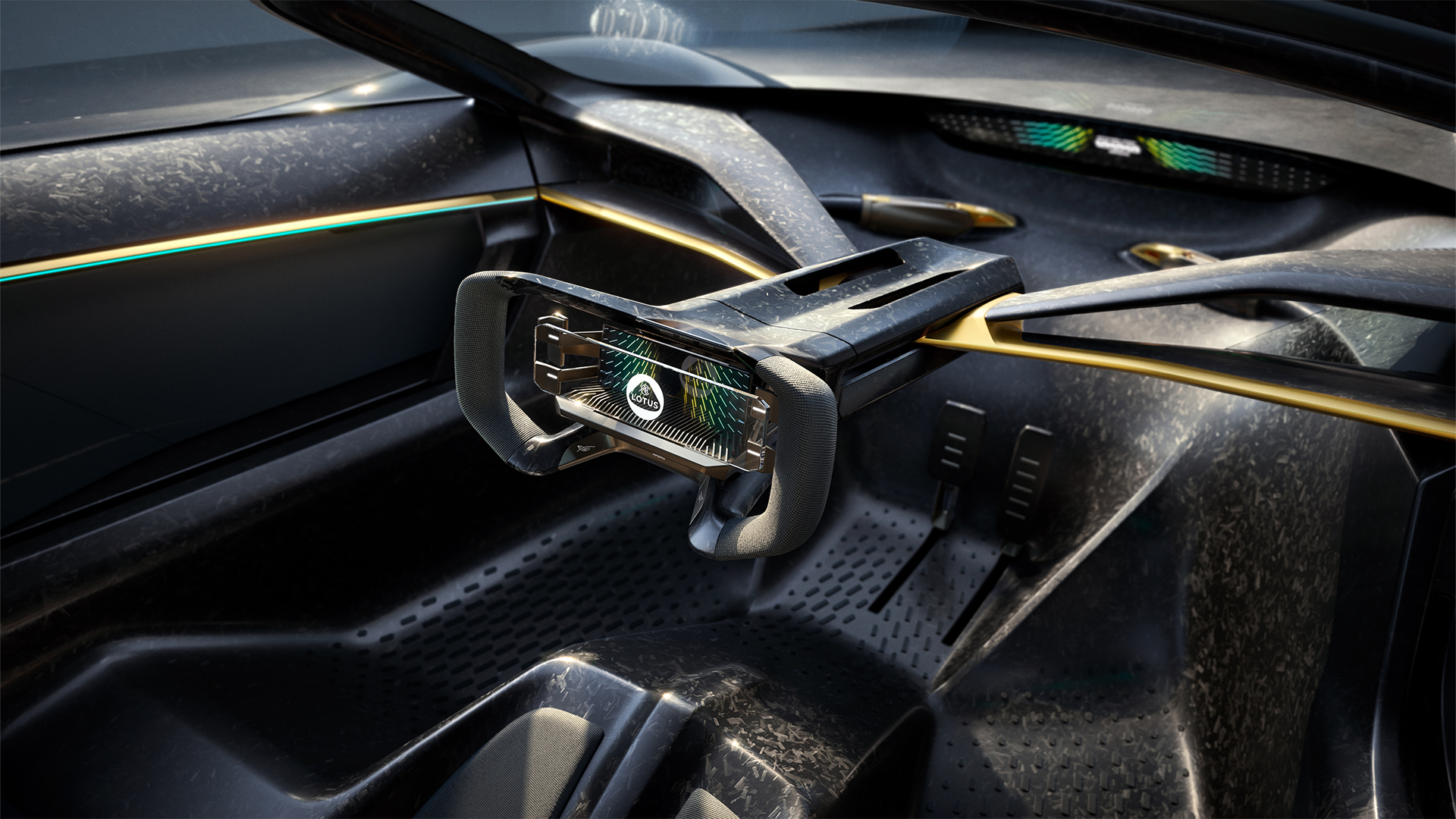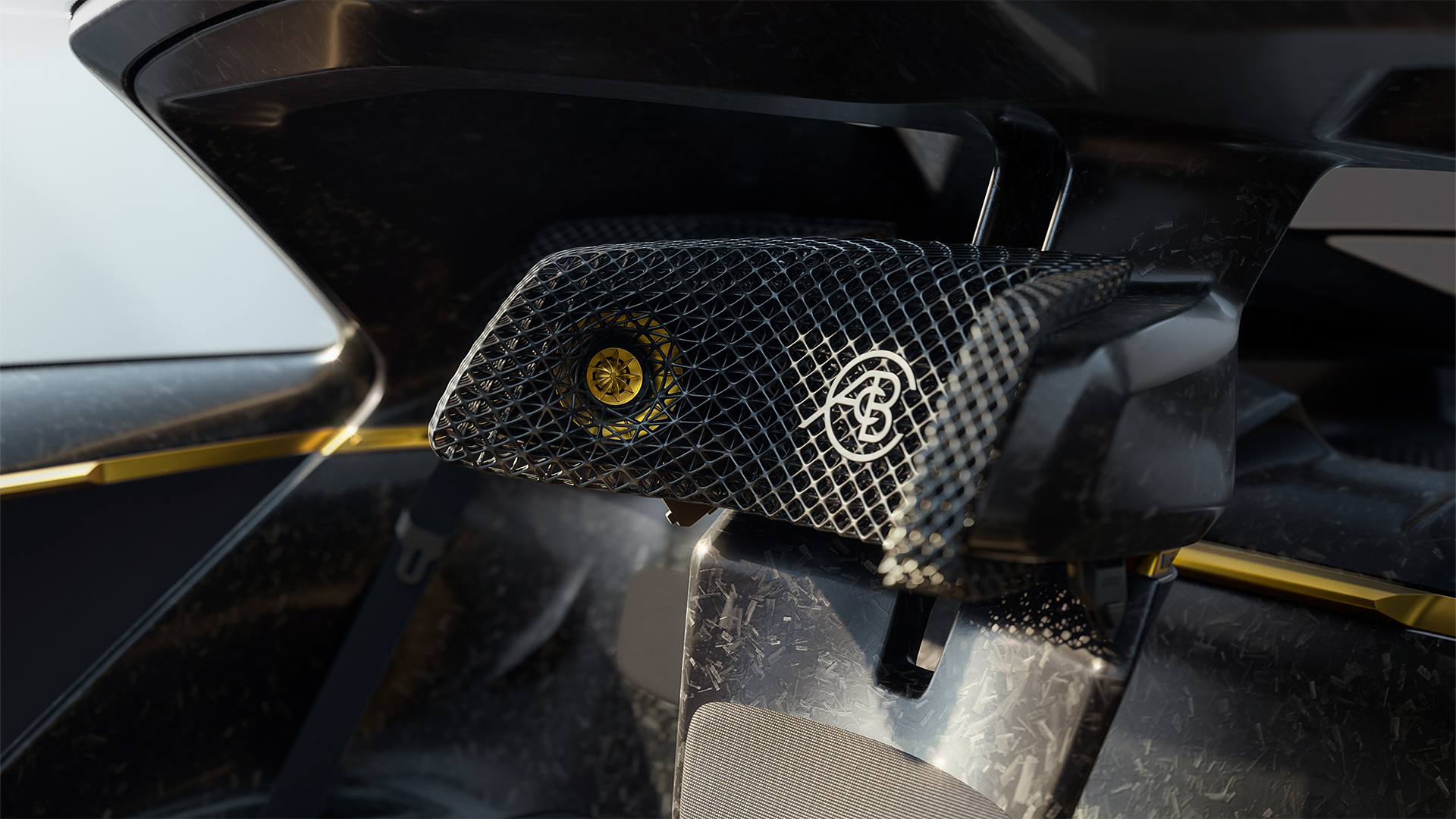The stunning Lotus Theory 1 concept car does away with buttons, relying instead on robotic bladders

Lotus has revealed its latest concept car, which gives a taste of what we can expect from the company’s high-performance future, with a sleek interior that uses robotic textiles in place of physical buttons.
As with many concept cars, there’s a lot of hypothetical thinking going on here, with the technology and performance data mostly providing an indication of what might come rather than a true statement of intent.
Theoretically, a fairly modest 70kW battery would send power to all four wheels, producing 968bhp and a 0-62mph sprint time of under 2.5 seconds. It all sounds very ‘modern hyper EV’ to us, but it’s the tech inside the vehicle that’s most interesting.
Both designers and engineers have stripped everything down to the bare essentials, which (much to the derision of die-hard Lotus fans) is not something the company has done with its current production cars, such as the large Eletre SUV and the Emeya four-door GT.

When you open the doors of Theory 1 and they close, you see chunks of recycled carbon fiber. The driver’s seat is right in the middle, and there are two small passenger seats next to it. That’s very much in the style of Gordon Murray, a sports car design.
These seats and the yoke-style steering wheel feature what the company calls LotusWear, a soft, conformable textile that covers key areas and contact points.
Lotus is working with MotorSkins, who developed the technology to create dynamic clothing that can provide athletes with direct compression, thermoregulation and haptic feedback. They felt the need to use the technology as an innovative human-machine interface.
While driving, both the driver and passengers receive notifications via the inflatable robotic textile during the journey. This can be a light pulse on the left shoulder to indicate an upcoming left turn, or a tap on the lower back to indicate an incoming smartphone message.

Likewise, inflatable pods on the handlebars can signal a blind spot hazard, or provide extra grip as the pace picks up. The use cases are vast, but the overall mission remains the same: simplify the cockpit by ridding it of physical buttons.
In addition to transparent screens, head-up displays and multi-function paddle shifters, Lotus has also partnered with technology company Carbon to produce 3D-printed headrests with a grid structure that can be used for multiple purposes.
The soft, supportive structures provide comfort and security, but they also house a KEF binaural audio system.
By allowing Lotus to send sound directly to the occupants of each seat, the system can enhance the sensation of speed with a bespoke soundtrack, act as a noise cancellation system during more mundane journeys, or simply allow each passenger to enjoy media individually without the sound clashing.
Analysis: Lotus plays with its core values

Much of the criticism of Lotus since its takeover by Chinese owner Geely has been that the brand has strayed too far from Colin and Hazel Chapman’s dream of a light, affordable and purely fun sports car.
The model range is now big, heavy and full of unnecessary technology that fans of the original cars seem to despise. But sales of the Elise and Evora have plummeted to the point that the company almost went bankrupt, proving that there simply isn’t enough demand for a ‘real’ Lotus any more.
Instead, the company has had to do what Porsche, Bentley, Ferrari and Lamborghini have done in the past, namely create products that don’t traditionally fit into the lineup but sell exceptionally well (Lotus breaks sales records in 2023) to ensure we still get to enjoy the good stuff. Shout out to the Cayenne, Bentayga, Purosangue and Urus.
Theory 1, however, seems to indicate that Lotus wants to return to its roots, without avoiding the technology of the future.
The company is built on the philosophy of stripping everything down to the essentials, but doing so in a way that still integrates lidar, camera systems, in-car entertainment and even high-level autonomous driving capabilities.
Granted, the Theory 1 won’t be a simple, lightweight two-seater, but like the Hyundai Ioniq 5 N, it looks like it will push the boundaries of what a performance car can be in the electric age.




